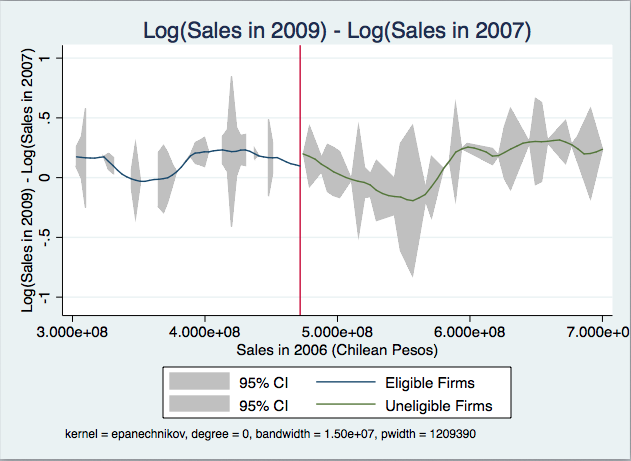Editor’s note: The following post was written by Barcelona GSE alumnus Antonio Massieu (Competition and Market Regulation ’13). Antonio is Senior Associate at Santamarina & Steta S.C. in Mexico City.
The energy industry in Mexico is experiencing the biggest paradigm shift in the past seven decades, since the oil expropriation in the late 30’s. The energy reform that was recently enacted will dramatically change the way the energy sector is developed in Mexico, meaning the most significant economic happening since the execution of NAFTA, in 1994. Said reform will shake the Mexican energy industry vigorously, transforming a monopolistic sector operated by two state companies that performs the vast majority of the productive sector activities, into an open-market industry where players can freely participate through clear and transparent rules, under the regulation of operators and agencies endowed with broad powers. The profound changes brought by the reform occurred both in the substantive areas of the industry and in the institutional structures that shape the energy sector. In one hand, the new legal framework redefined the way the activities that constitute the productive chains of the hydrocarbons and electricity sectors are carried out; in the other hand, the institutions responsible for supervising and regulating the market performance were considerably strengthened.
Naturally, as a new market emerges, market problems also emerge. Therefore, it will be essential that the new Mexican energy market is wrapped by rules and institutions that seek to correct eventual market failures that arise, and that through their actions, establish an appropriate competitive process that yields benefits to competitors, to final consumers, and of course, to the Mexican State.
Oil&Gas
Modifications made to the Mexican Oil&Gas sector meant undoubtedly, the most important change in the whole energy industry, as a result of the energy reform. Said sector becomes an open market, where Petroleos Mexicanos (Pemex) –formerly the State-owned company that carried out all Oil&Gas exploration and exploration (E&E) activities, will compete against other players from the private sector. This competitive process is implemented through tenders conducted by the federal government, where both the private sector and Pemex will freely participate, in order to be granted with contracts for substantive E&E activities. Transparency will be an element of the utmost importance during the bidding rounds, since it will secure that Pemex and the private sector compete on equal grounds; in other words, a fair and clean competition process will only be possible as long as the federal government does not favor Pemex –which despite its participation in the open market, will remain as a state owned company- or any other bidder in the development and further resolution of the aforementioned bidding rounds, or allow any anti-competitive practices to take place (such as collusive behaviors among the bidders).
As for midstream activities, the energy reform introduced a new market dynamic that will foster a more effective and fair competition process. Currently, the activities of transport, storage and distribution that are developed through the pipeline grid will be operated and managed by a new government agency, the National Center for Control of Natural Gas (CENAGAS). This entity will assume control and ownership of all pipeline infrastructure that today belongs to Pemex[1] – which, due to its economic features, constitutes a natural monopoly-, and administer the activities carried out there. The CENAGAS will operate as a figure internationally known as an “ISO” (independent system operator), and will be obliged to fulfill important mandates, such as granting open and non-discriminatory access to the grid to all participants (including Pemex) and avoid problems of vertical integration in regulated activities, among others.
[1] More the 75% of the pipelines in Mexico belong to Pemex.
Electricity
The electricity sector in Mexico will also be transformed significantly by means of the energy reform, since it will stop being a vertically integrated industry where a State-owned company (Federal Electricity Commission “CFE”) conducts all activities of the productive chain industry, in order to be transformed into a liberalized sector where undertakings (both public and private) will compete against each other in an open market, aiming to satisfy the needs of consumers.
For such purpose, a wholesale spot market will be put into place. Said spot market will seek to replicate international models in order to foster competition among different companies that will be able to generate, trade and supply energy to final users. Domestic supply will be carried out by CFE –at a regulated tariff-, acquiring energy through tender processes, while industrial supply will happen through a free competition process, where generators, suppliers and consumers will complete transactions at market, non-regulated prices. In order to regulate the new market structure, the Government created the National Center of Energy Control (CENACE), which will serve as an ISO, aiming to operate and control the electric grid.
CENACE will be in charge of different relevant tasks, such as the granting of open access to undertakings participating in the electric industry, controlling the allocation of power into the grid (both demand and supply), surveilling the continuous bids posed by market participants into the spot market (in order to avoid coordinated anti-competitive effects) and coordinating the transactions executed by the market players, as well as the configuration of the market, in terms of possible vertical integration in the performance of activities by companies. This market will be particularly interesting in terms of competition policy, since CENACE will be in charge of regulating the operation of a natural monopoly –the electric grid- which is owned by one of the participants of the market, the CFE, which will compete against other undertaking in the activities of generation and supply of power; this represents a very unique case in the world, and will be added as one of the main challenges that Mexican authorities will face with the implementation of the energy reform.
Regulators and entities of the energy sector
One of the great challenges of the reform is to establish an institutional framework capable of operating the new emerging energy markets in Mexico, in which various companies (public and private) will interact in a competitive environment, hitherto unknown for the country. Of course, in order to accomplish this goal, it is imperative to create strong institutions, with high degrees of independence, able to issue clear regulations and impose heavy penalties to regulated undertakings.
Both regulatory agencies[1] and ISO’s will need to follow closely the development of the energy markets, and make sure that competition is achieved. Unlike what happened with the IFETEL, which is the independent body responsible for regulating the telecommunications market in Mexico, regulators and ISO’s in the energy sector were not endowed with broad powers in competition policy matters. In this sense, and despite some of its powers seek to create conditions of competition, these institutions will have to interact closely with the Federal Competition Commission, in order to timely detect and punish anti-competitive practices in the industry, in order to correct market failures and increase consumer welfare.
[1] Regulatory Commission of Energy and National Hydrocarbons Commission
Conclusions
Energy reform emerges as a great opportunity for Mexico to join the global trailblazers in the sector. At first glance, the work has been done satisfactorily, as sufficient legal and institutional conditions for implementing competitive markets were generated, where agents will interact correctly, generating consumer welfare. However, the correct development of the industry will depend not just on the rules and the institutions itself, but on the right behavior of both authorities and undertakings. Possibly the only advantage that Mexico has to be the second-to-last country in the world to undertake an opening process of this nature, is that it had the opportunity to study similar processes, and learn from positive and negative experiences in other countries. Now the challenge is to test that knowledge, and build a successful energy sector that can boost growth in the country.
Listen to a radio interview with Antonio Massieu on hydrocarbons in the Mexican energy sector (in Spanish, September 2014)
1 More than 75% of the pipelines in Mexico belong to Pemex.
2 Regulatory Commission of Energy and National Hydrocarbons Commission


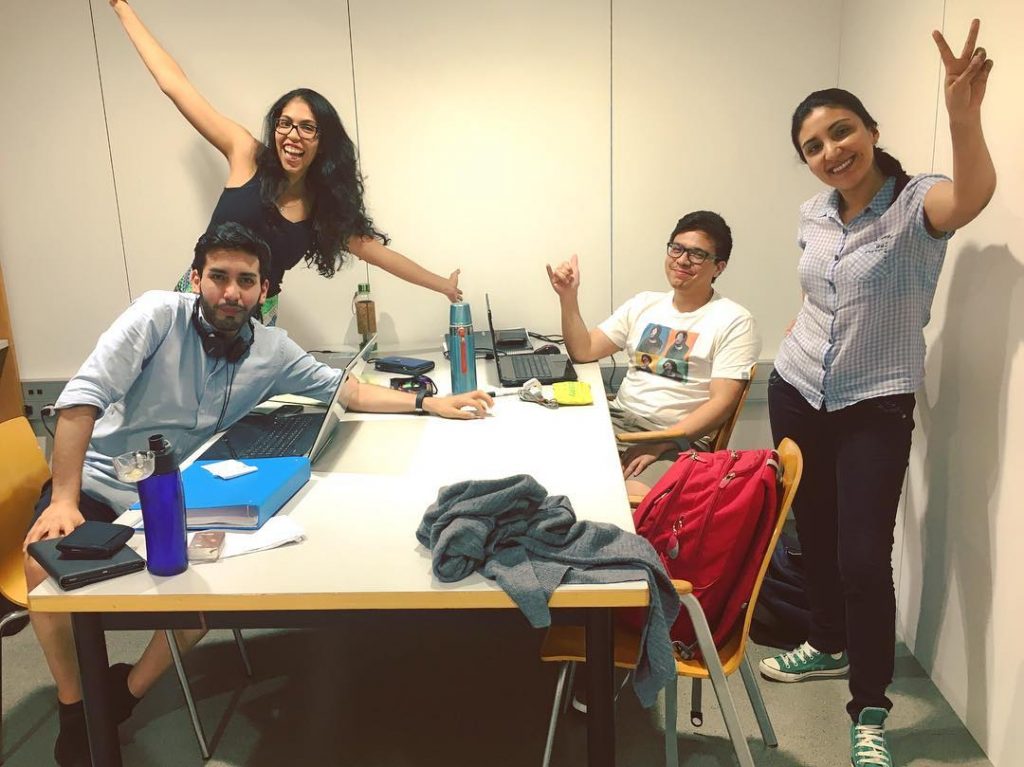




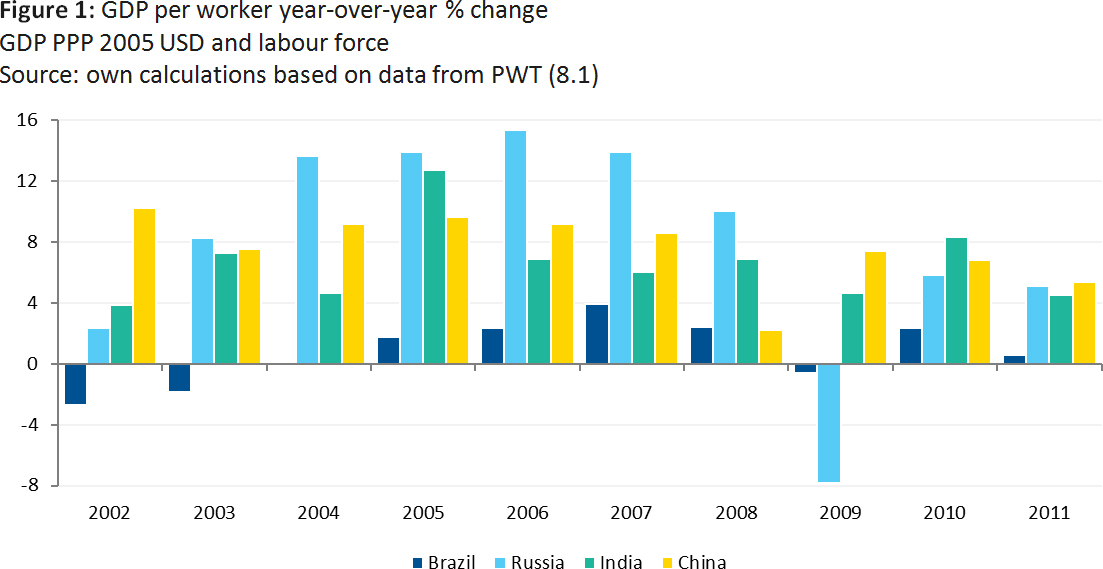

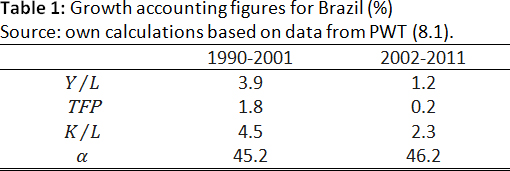

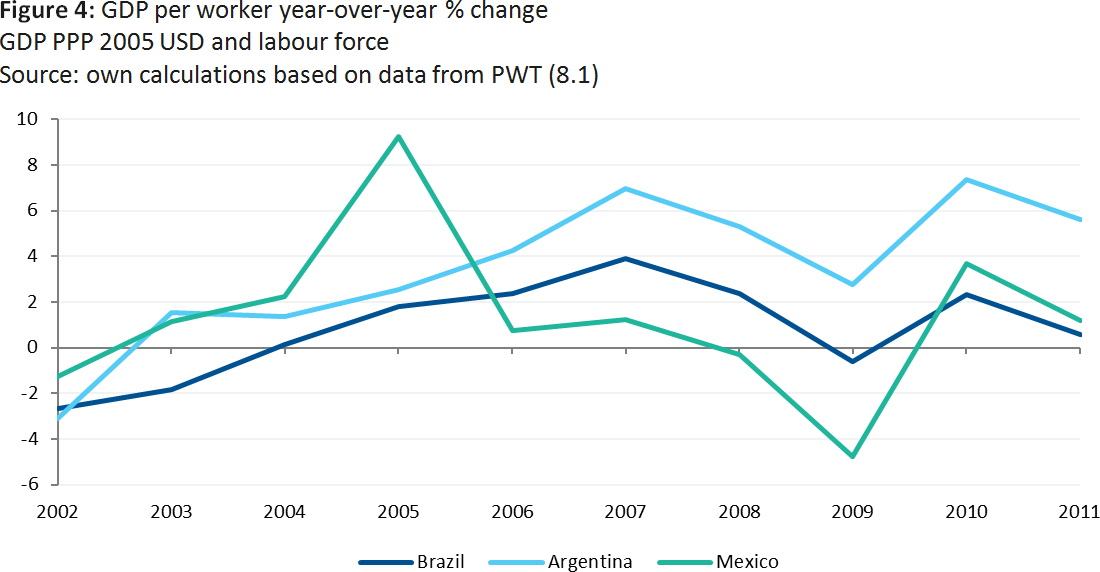
 Facundo is a current student at the International Trade, Finance and Development program. Previously he worked in consulting projects on financial regulation and supervision in Latin America. He graduated in Economics from Universidad Torcuato di Tella. Connect with Facundo on
Facundo is a current student at the International Trade, Finance and Development program. Previously he worked in consulting projects on financial regulation and supervision in Latin America. He graduated in Economics from Universidad Torcuato di Tella. Connect with Facundo on  Alberto is a current student at the International Trade, Finance and Development program. He is a former Economist in BBVA’s Economic Research Department. He holds a BSc in Economics from Universidad Carlos III de Madrid. Connect with Alberto on
Alberto is a current student at the International Trade, Finance and Development program. He is a former Economist in BBVA’s Economic Research Department. He holds a BSc in Economics from Universidad Carlos III de Madrid. Connect with Alberto on 